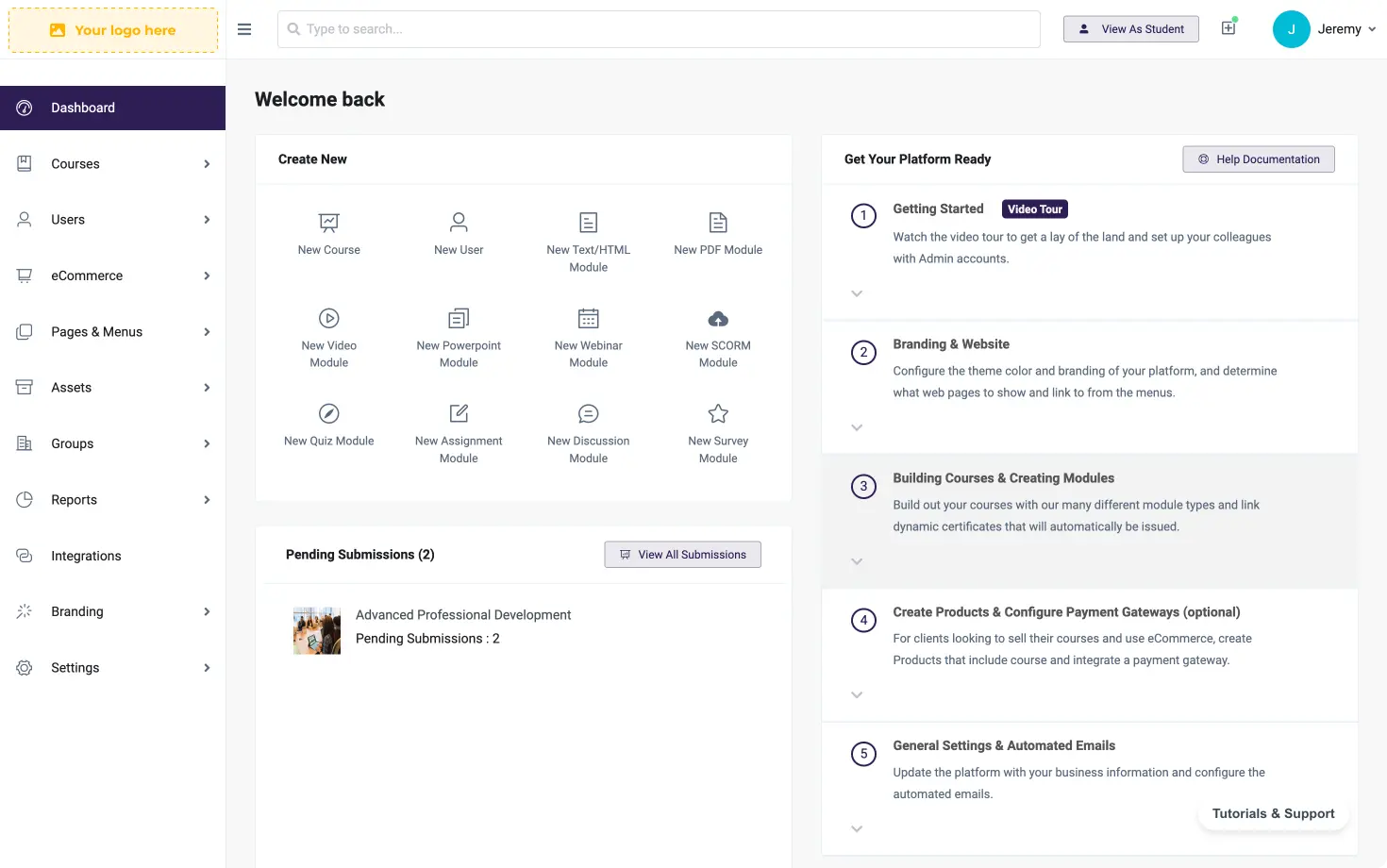Education, eLearning, Instructional Design
Online Teaching Strategies Using Diagnostic Assessment… What?

Using diagnostic assessments to plan your approach when introducing new concepts.
In the previous article Turning Apples into Oranges, we discussed the importance of you as a teacher recognizing that your students will be coming to your course from a variety of different backgrounds, educational levels, life experiences, and cultural realities.
The overall diversity of these variables is exponential if you consider the global reach of your course due to its online nature. This is all, of course, on top of the realities surrounding individual learning-styles and Howard Gardner’s theory of multiple intelligences (Multimedia for Multiple Intelligences).
The development of content delivery must always take these variables into consideration, as we have already accepted that the success of online courses can be determined by the effective and efficient delivery of course curriculum. But now that you are open and sensitive to the nature of international students from an online global community, how do you go about assessing just where they are coming to your course from?
The Diagnostic Assessment… The What?
Well something that is called diagnostic assessment is the key to doing just that. For those that are unfamiliar with the term, diagnostic assessment involves the teacher creating an evaluation that gauges the general breadth of knowledge that a body of students has, in reference to the upcoming content that is to be taught , whether it is at the beginning of the course, starting a new unit, or simply a difficult new concept.
This assessment can take the form of a short quiz, a more formal examination, practice dialogue performance (for language courses), a research essay, or some other practical, written, or verbal assessment to determine where each student is when it comes to the content being taught. Obviously, this assessment must be done in advance of any actual lesson being taught to students, but it does not have to be well in advance. It can be performed as the very first exercise in an opening class, or it can be done to conclude an opening lesson of a course. It can even be done weeks in advance of a course starting, perhaps taking the form of a quick survey to be completed and submitted on the first day of class. But a key element of diagnostic assessment is that is of benefit to the instructor in preparation of content delivery.
It is not meant to be used as an assessment for grading students and should not be used as such. To do so would not only be unfair to students, but also ineffective in being an accurate gauge of student content retention. After all, since this kind of assessment is intended for use at the beginning of an online course, how could it give any accurate indication of students’ abilities after course content has been taught?
How Can Data be Used to a Student’s Benefit?
However, this also brings up another useful facet of diagnostic assessment, and arguably the most important one. Once all assessments have been collected from the students, how can that data be used to their benefit? How can you incorporate the results into your online teaching strategy? The answer is that it can be used to give your course that added touch that sets it above other courses being offered online – you use the information gathered to tailor your course content delivery to the needs of your students.
If you find that many of your students have little background in the content that you are planning to teach them, you can be sure to add more background information in your curriculum to ensure that your students are not lost once you start covering the more advanced material. If the results of your diagnostic assessment demonstrate that your students have a generally-advanced knowledge of your course content, then you can adjust your curriculum-planning to spend less time on basic material and more time on the more advanced concepts.
Not Just For Use at the Start of an Online Course
Furthermore, the use of diagnostic assessments does not have to be restricted to just the beginning of the online course, but can be used any time a new unit of study in your course begins, or if you are about to introduce a large and/or difficult concept. If you have the time and inclination to do this for new units and concepts, you will further refine the tailored experience that your students will benefit from, and further sharpen the focus of your teaching during the course.
This ability to adjust your course as required according to the needs of your students will prove to be both a boon to you and your students. They will benefit the most by receiving just the right amount of instruction that they need to get the most out of your course, and you will benefit with the maximization of both your time and effort. Not to mention that excellent word-of-mouth reviews will spread about the flexibility and student-friendly nature of your course delivery.
Remember, students who benefit the most form your course are more likely to become loyal to your courses and help generate more interest in the content that you are offering. So it’s worth the investment in time to develop online teaching strategies that work for both you and your students. Take the time to keep yourself flexible with effective use of diagnostic assessments, and you should find teaching your courses that much easier through focusing your efforts on the right things – not the ineffective ones – and that is beneficial to both students and teacher alike!
